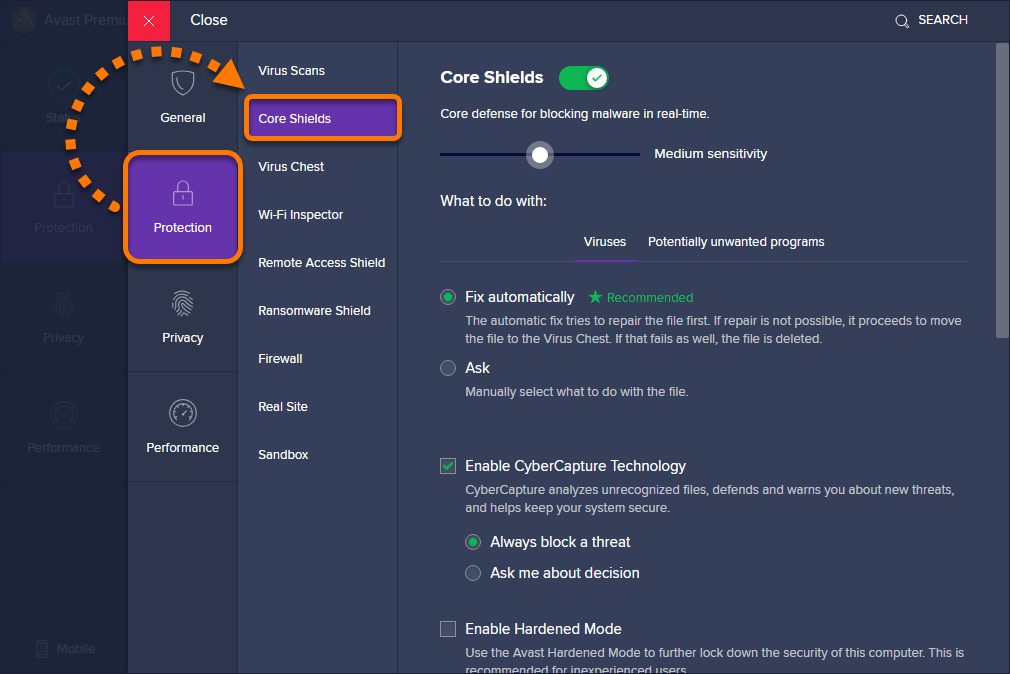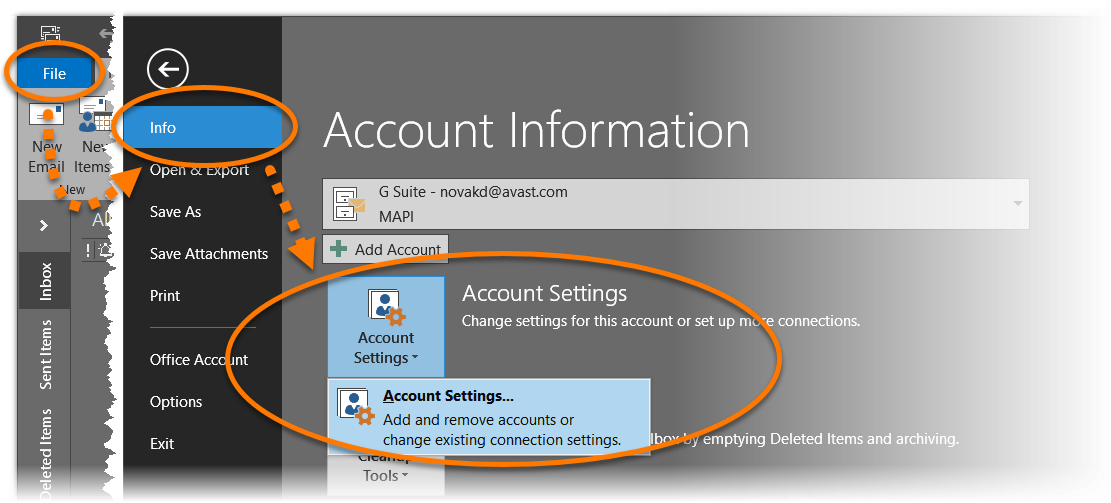

- AVAST ADD IN OUTLOOK 2016 HOW TO
- AVAST ADD IN OUTLOOK 2016 UPDATE
- AVAST ADD IN OUTLOOK 2016 WINDOWS 10
- AVAST ADD IN OUTLOOK 2016 SOFTWARE
- AVAST ADD IN OUTLOOK 2016 WINDOWS 8
How to exclude files for other virus scanners
AVAST ADD IN OUTLOOK 2016 WINDOWS 8
When you are using Windows 8 without a 3rd party virus scanner, then you are using Windows Defender as your antivirus software. Windows 8: How to exclude files and folders when using Windows Defender Note: File and Folder exclusions are mixed within the same list overview. Virus scanner exclusions for Outlook in Windows Security on Windows 10.
AVAST ADD IN OUTLOOK 2016 UPDATE
AVAST ADD IN OUTLOOK 2016 WINDOWS 10
When you are using Windows 10 without a 3rd party virus scanner, then you are using Windows Defender as your antivirus software.

Windows 10: How to exclude files and folders when using Windows Defender This will exclude too much and significantly increases the attack surface for malware on your computer. When it comes to Outlook, the following exclusions are recommended Įxclude each pst-file individually or exclude the pst-file type.ĭefault location: C:\Users\%username%\Documents\Outlook FilesĮxclude each ost-file individually or exclude the ost-file type.ĭefault location: C:\Users\%username%\AppData\Local\Microsoft\Outlook\Įxclude each nst-file individually or exclude the nst-file type.Įxclude each GUID folder or exclude the oab-file type.Īn example of a name of a GUID folder is:ĭefault location: C:\Users\%username%\AppData\Local\Microsoft\Outlook\Offline Address Books\ ĭefault location: C:\Users\%username%\AppData\Roaming\Microsoft\Outlook\ĭo not exclude the outlook.exe process or the entire C:\Users\%username%\AppData\Local\Microsoft\Outlook\ folder.

AVAST ADD IN OUTLOOK 2016 SOFTWARE
Most antivirus software allow you to set exclusions at the following levels Which files and folders do I need to exclude? Additionally, a file might get locked while it is being scanned and could cause stability and reliability issues with Outlook. However, since various files are frequently being accessed or updated, there is still a performance gain that can be achieved, especially when you have a large ost- or pst-file. The second reason may be less important as computers nowadays can most certainly cope with the overhead. In some cases, such a corruption can be fixed by using the Inbox Repair Tool (scanpst.exe) but more often this leads to a total loss of the ost- or pst-file.

While they can protect you from malware, they sometimes can be “too smart” and can cause inconveniences or even harm your computer or data. How do I prevent this from happening again? It indeed appeared deleted and after some panicking, I found that it was luckily “only” quarantined by my virus scanner. When I started Outlook this morning, it told me that it couldn’t find the pst-file that I’ve been using for years.


 0 kommentar(er)
0 kommentar(er)
